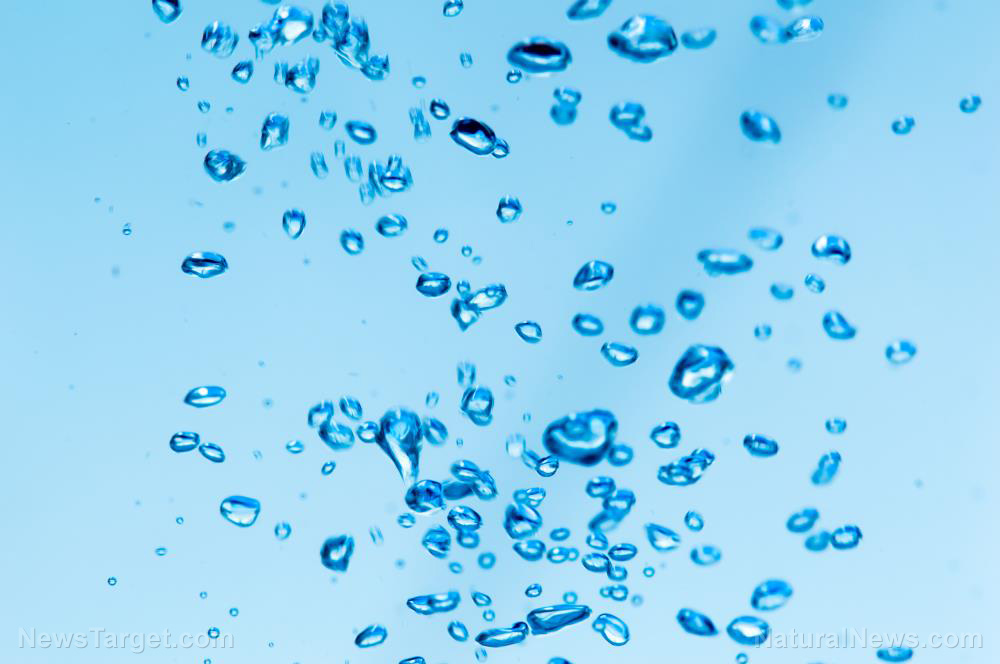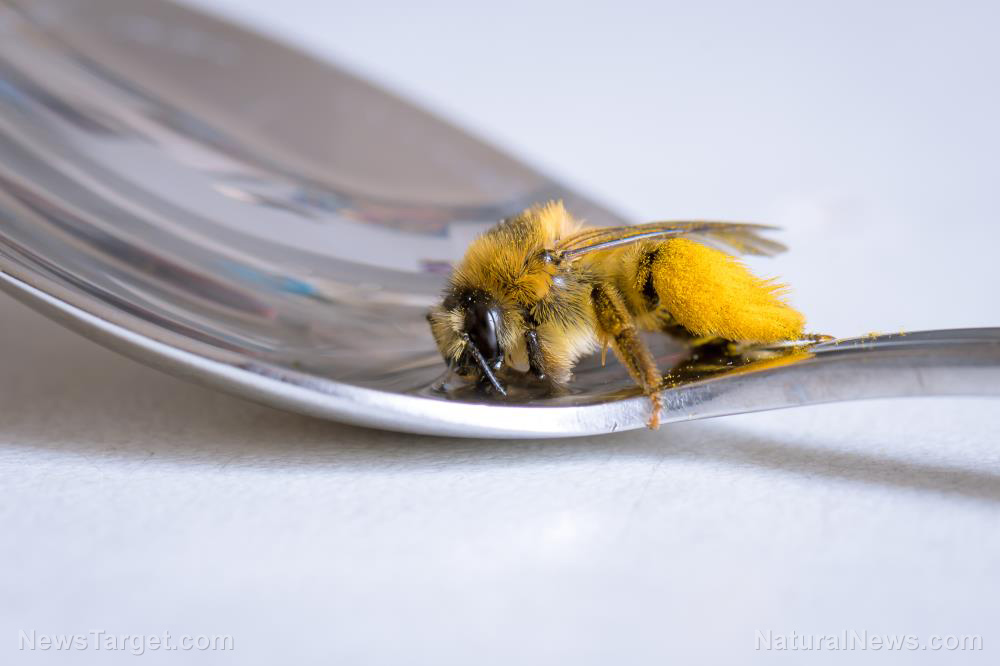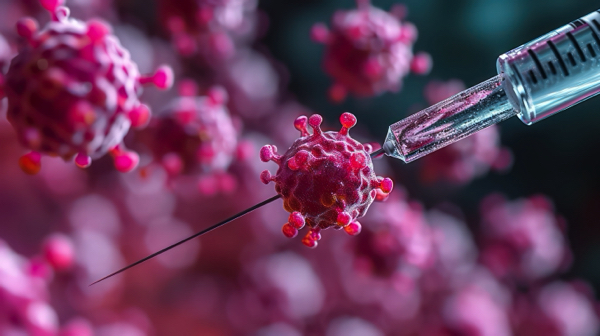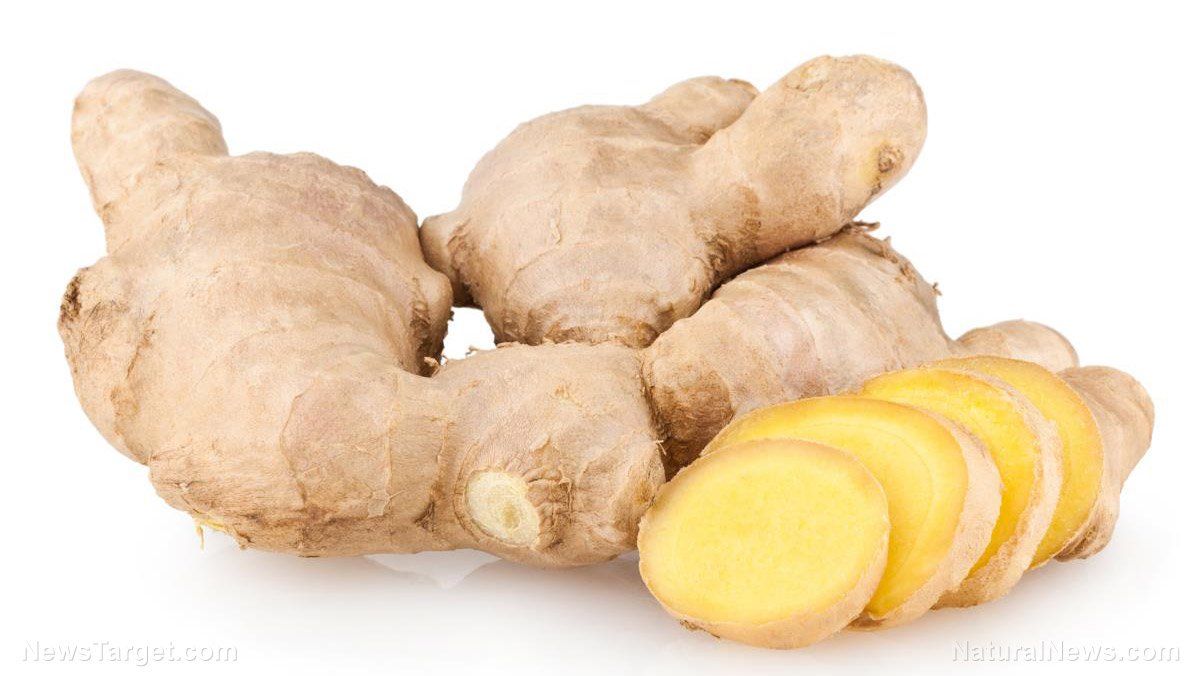Evaluating the effectiveness of mineral oil in repelling the orchard pest Helicella candeharica
By franzwalkerdw // 2021-08-24
Tweet
Share
Copy
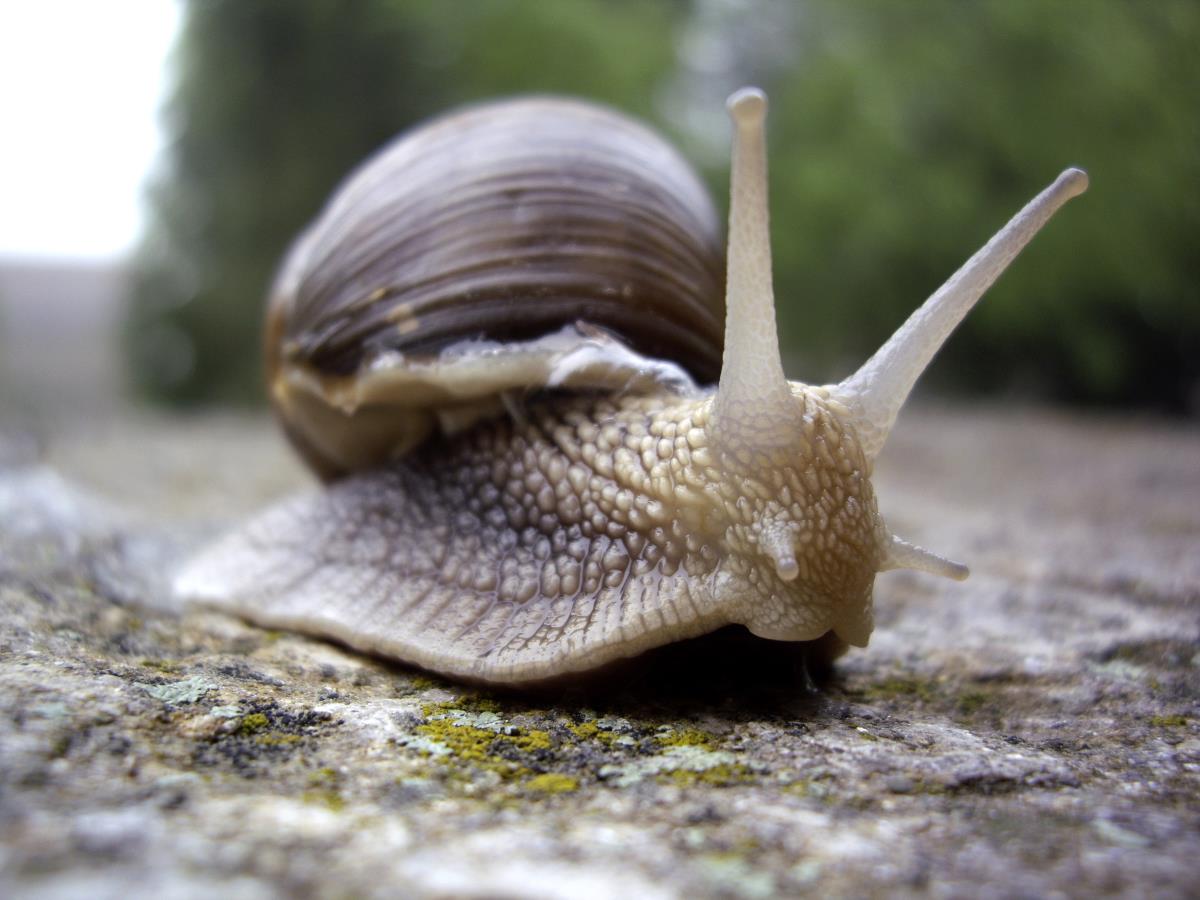
Researchers from the Sari Agricultural Sciences and Natural Resources University in Iran assessed whether or not mineral oil was effective in suppressing damage by citrus white snails (Helica candeharica) on commercial citrus orchards. Their findings were published in the journal Acta Agriculturae Scandinavica. Section B — Soil and Plant Science.
- For their studies, the researchers compared the effectiveness of mineral oil in fighting H. candeharica infestation against molluscicide baits such as metaldehyde and iron phosphate, as well as a snail-repellent paint.
- The researchers conducted two studies where they applied mineral oil, molluscicides and snail-repellent paints to citrus trees in a commercial orchard and the number of snails on the trees.
- In each study, the number of snails on the citrus trees was monitored and counted 10 days after the application of the treatments, and at an interval of 6 to 8 days up to harvest time.
- In the first study, conducted over the course of 30 days, mineral oil and snail-repellent paint treatments reduced the number of snails best.
- In the second study, directly comparing metaldehyde with a mineral oil barrier, the mineral oil barrier still reduced snails the best.
- The researchers calculated the cost per hectare of each treatment with mineral oil found to be the most cost-effective at $55 per hectare ($/ha), compared to 153 $/ha for iron phosphate, 124 $/ha for snail-repellent paint and 120 $/ha for metaldehyde.
Tweet
Share
Copy
Tagged Under:
gardening pesticides environment science organic farming farming research plants green living trees ecology Mineral oil
You Might Also Like
Glitter sunscreen harms both you and the environment, warn experts
By Joven Gray // Share
Declining battery costs may lead to cheaper electric freight trucks
By Franz Walker // Share
Big lifters: Bees can carry almost their own bodyweight back to the hive when in “economy mode”
By Mary Villareal // Share
Researchers discover a plant that can counteract arsenic toxicity
By Ralph Flores // Share
Recent News
USDA will deploy undercover investigators to enforce new SNAP purchase restrictions
By lauraharris // Share
U.S. measles cases top 2,000 in 2025, highest total in more than three decades
By lauraharris // Share


